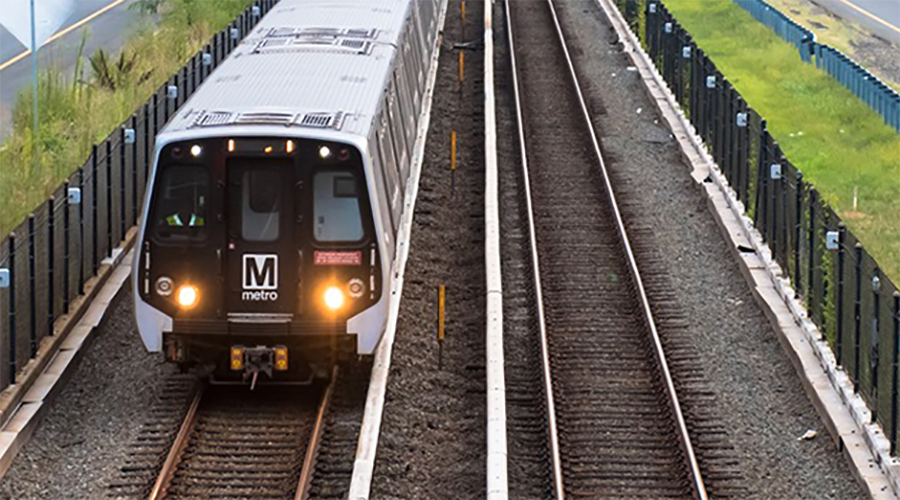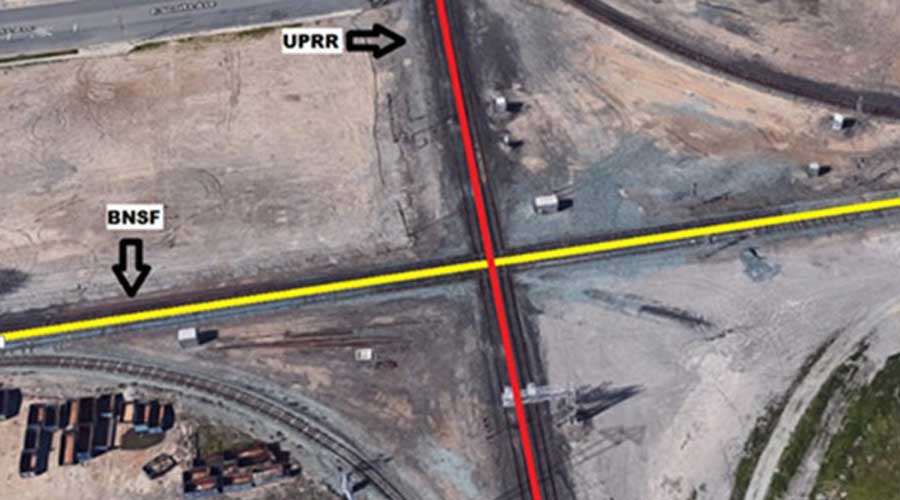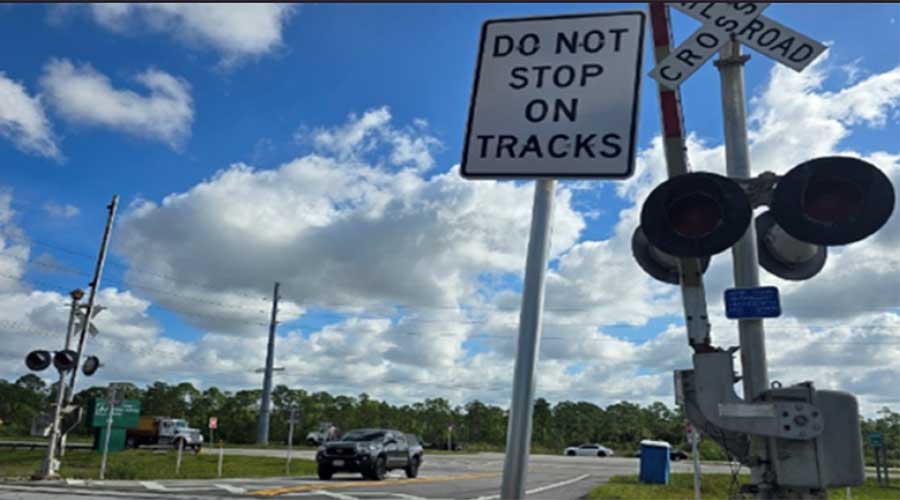Stay updated on news, articles and information for the rail industry
6/5/2015
Rail News: Federal Legislation & Regulation
EPA: Fracking not causing major harm to drinking-water quality
Hydraulic fracturing or "fracking" used in oil and gas drilling has not had a widespread effect on the quality of drinking water, the U.S. Environmental Protection Agency (EPA) said yesterday in a draft report.
The EPA has been studying hydraulic fracturing's impact on drinking water resources after some U.S. residents living near oil and gas wells reported changes in their drinking-water quality and asserted that fracking was responsible for the changes.
The issue is of interest to the railroad industry in part because railroads haul the sand used in hydraulic fracturing from sand mines to the drilling sites. Also, railroads have been hauling other supplies used in the gas and oil production process, as well as the crude oil produced from the wells where fracking has occurred.
While the EPA did not find a widespread problem with drinking-water quality near wells in this study, the potential exists for hydraulic fracturing activities to have an impact both above and below ground, the EPA said in the draft report.
"These mechanisms include water withdrawals in times of, or in areas with, low water availability; spills of hydraulic fracturing fluids and produced water; fracturing directly into underground drinking water resources; below ground migration of liquids and gases; and inadequate treatment and discharge of wastewater," the draft report stated.
Of the potential mechanisms identified in the report, the EPA did find specific instances where one or more mechanisms led to impacts on drinking water resources, including contamination of drinking wells. However, the number of those cases "was small compared to the number of hydraulically fractured wells," the report stated.
To become final, the report has to be approved by the EPA's Science Advisory Board and go through a public comment period.
Fracking involves the high-pressure injection of water, chemicals and sand into shale and tight formations to crack open the formations so that oil and gas can be released. Fracking has been used since the late 1940s, but technological advances in recent years allowed energy producers to get at oil and gas in unconventional hydrocarbon formations that could not be accessed in the past.
The EPA estimated 25,000 to 30,000 new wells were drilled and hydraulically fractured annually in the United States between 2011 and 2014.


 2025 MOW Spending Report: Passenger-rail programs
2025 MOW Spending Report: Passenger-rail programs
 Gardner steps down as Amtrak CEO
Gardner steps down as Amtrak CEO
 Guest comment: Oliver Wyman’s David Hunt
Guest comment: Oliver Wyman’s David Hunt
 Women of Influence in Rail eBook
Women of Influence in Rail eBook
 railPrime
railPrime








